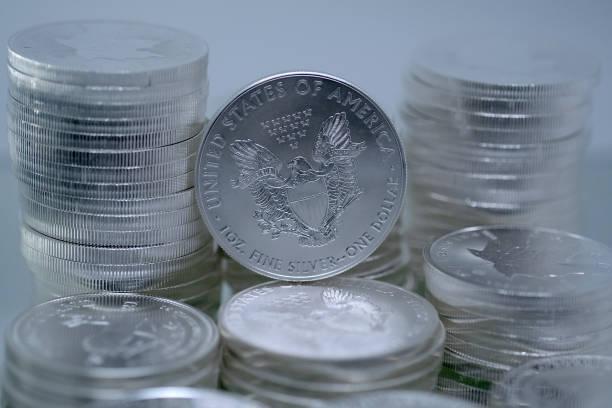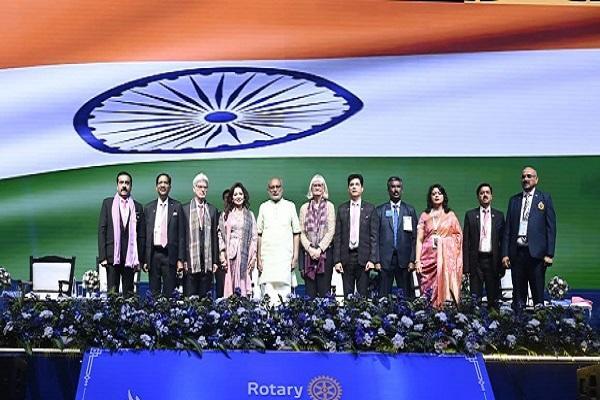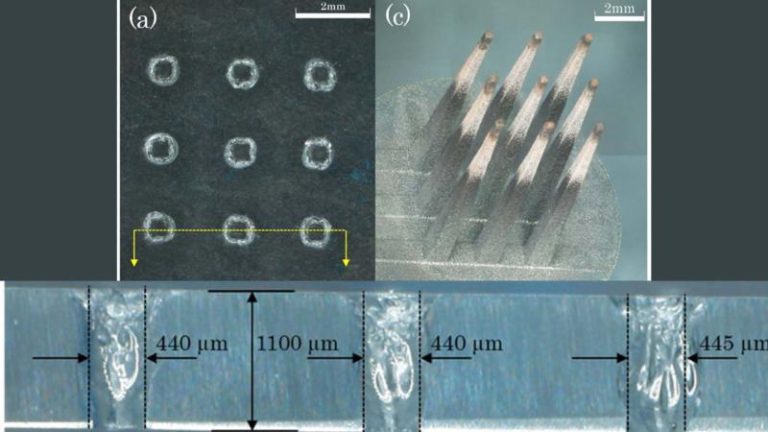
Electronics & Pharma Secure 70% of FY25 PLI Funds: Govt Data
The Production Linked Incentive (PLI) scheme, launched by the Indian government in 2021, has been a game-changer for the country’s manufacturing sector. The scheme aims to boost domestic production and encourage companies to invest in India. As per the latest data, the electronics and pharma sectors have emerged as the top beneficiaries of the PLI scheme, securing a whopping 70% of the total funds disbursed in FY25.
According to official data, the electronics sector received a staggering ₹5,732 crore, while the pharma industry got ₹2,328 crore. This makes them the biggest beneficiaries of the PLI scheme, accounting for nearly 70% of the total ₹10,114 crore disbursed in FY25.
The PLI scheme was initially rolled out for 14 key sectors, including automobiles, aviation, pharmaceuticals, and textiles, among others. The scheme offers incentives to companies that invest in manufacturing facilities in India and meet certain production targets. The government has been disbursing PLI funds to eligible companies since FY22, and the latest data reveals that the scheme has been a resounding success.
The electronics sector’s massive haul of ₹5,732 crore is not surprising, given its immense growth potential. India has been actively promoting its electronic manufacturing industry, with a focus on high-tech products such as semiconductors, smartphones, and laptops. The sector has seen significant investments in recent years, with companies like Samsung, Foxconn, and Wistron setting up manufacturing facilities in the country.
The pharma sector’s ₹2,328 crore allocation is also significant, considering its importance in India’s healthcare ecosystem. The country is one of the world’s largest producers of generic medicines, and the PLI scheme has helped boost domestic manufacturing capacity. Indian pharma companies have been expanding their footprint globally, and the PLI scheme has provided them with a further push to increase their production and exports.
Other sectors that have benefited from the PLI scheme include automobiles, which received ₹1,144 crore, and the textiles sector, which got ₹456 crore. The aerospace and defense sector, which is a new entrant in the PLI scheme, received ₹144 crore. The scheme has also helped promote manufacturing in newer areas, such as solar panels and lithium-ion batteries.
The success of the PLI scheme is a testament to the government’s efforts to promote domestic manufacturing and reduce the country’s reliance on imports. India has been working towards becoming a self-reliant nation, and the PLI scheme is a key step in achieving this goal.
The scheme has also helped create jobs and stimulate economic growth. According to the government, the PLI scheme has created over 1.5 lakh new jobs in the manufacturing sector since its launch. The scheme has also helped increase India’s manufacturing output, with the country’s GDP growth rate expected to accelerate in the coming years.
While the PLI scheme has been a success, there are still some challenges that need to be addressed. For instance, the scheme’s eligibility criteria and the application process can be complex and time-consuming. Additionally, the scheme’s benefits are limited to companies that meet specific production targets, which can be a challenge for smaller and newer companies.
Despite these challenges, the PLI scheme has been a game-changer for India’s manufacturing sector. The government’s commitment to promoting domestic production and reducing imports is expected to continue, and the scheme is likely to play a key role in achieving this goal.
In conclusion, the electronics and pharma sectors have emerged as the top beneficiaries of the PLI scheme, securing 70% of the total funds disbursed in FY25. The scheme has been a success, promoting domestic manufacturing and creating jobs. While there are still some challenges that need to be addressed, the PLI scheme is expected to continue playing a key role in India’s journey towards becoming a self-reliant nation.






